Kingdom of Nepal
This article is about the monarchy of Nepal (1768–2008). For the modern country, see
Nepal.
The
Kingdom of Nepal, also known as the
Gorkhali Kingdom, was the government of
Nepal, a
landlocked state in
South Asia, from
1768 to
2008, when it was replaced by a
Republic. Being connected with the cultural and historical ties of India, it was founded in 1768 by
Prithvi Narayan Shah, a
Gorkha king, who succeeded in
unifying the three existing smaller kingdoms of
Kathmandu,
Patan and
Bhaktapur into a single state.
The
Monarchy was abolished in 2008, seven years after the
Nepalese royal massacre and following a
Maoist democracy movemement that began in 2006 against the final monarch,
Gyanendra Bir Bikram Shah Dev. In place of the monarchy, Nepal adopted an
interim republican constitution and the
Federal Democratic Republic of Nepal was established. At the point of the Kingdom of Nepal's disestablishment, it was the world's only country to have
Hinduism as its
state religion;
[1] the Federal Democratic Republic of Nepal is an officially
secular state.
[2]
Unification

The old king's palace on a hill in
Gorkha After decades of rivalry between the medieval kingdoms, modern
Nepal was created in the latter half of the 18th century, when
Prithvi Narayan Shah, the ruler of the small
principality of
Gorkha, formed a unified country from a number of independent hill states.
Prithvi Narayan Shah dedicated himself at an early age to the conquest of the Kathmandu Valley and the creation of a single state, which he achieved in 1768.




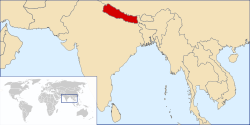

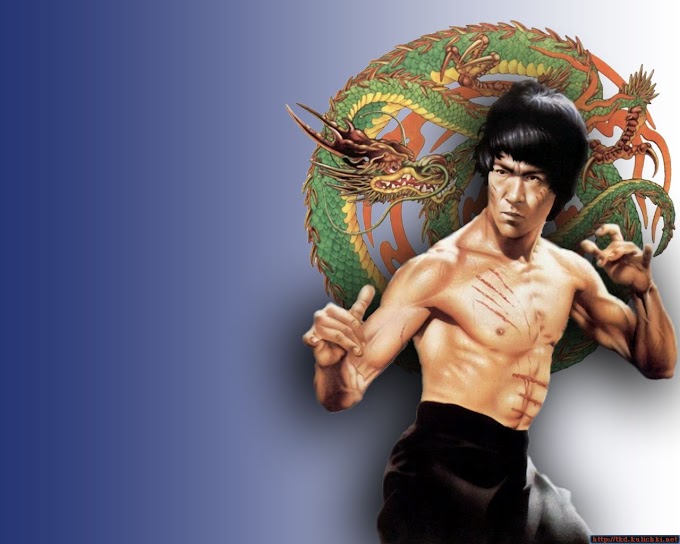
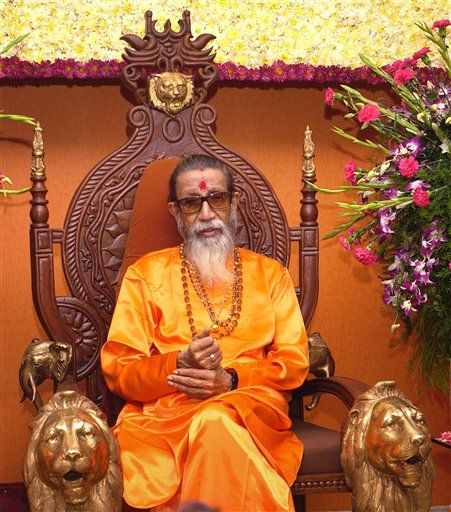
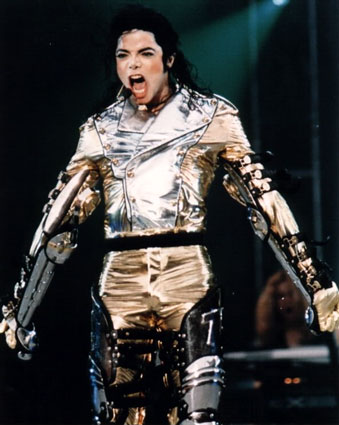
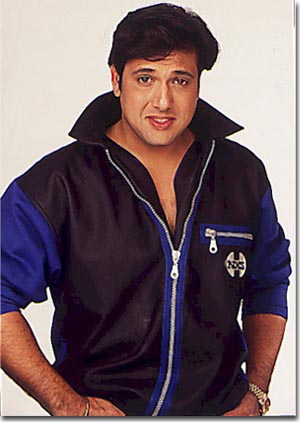


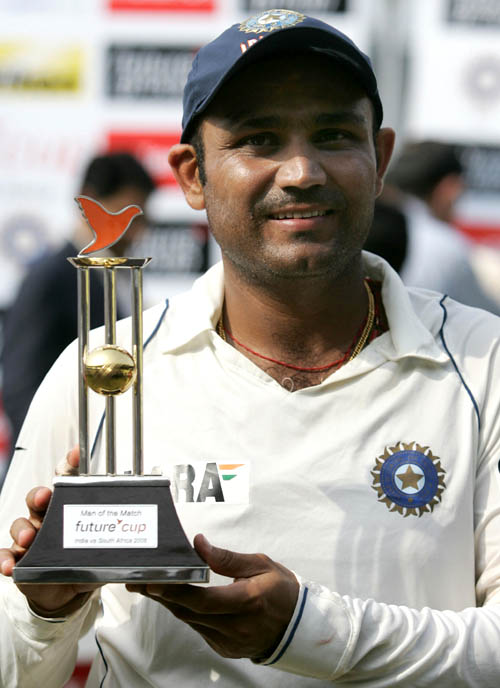


0 Comments